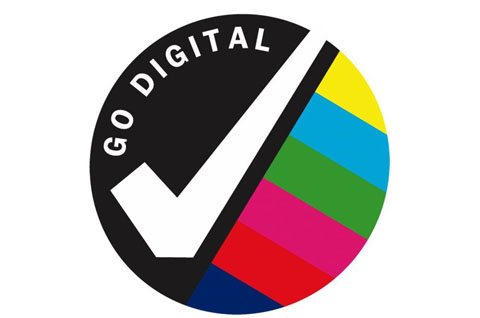Broadcasting Digital Migration
Background
South Africa is a member of the International Telecommunications Union (ITU), which is a United Nations (UN) body responsible for telecommunications; and South Africa is a member of Region-1 of the ITU with other African countries. In 2006, South Africa acceded to the ITU Regional Agreement in Geneva 2006 (GE06) that determined that Region 1 countries must migrate from Analogue Television to Digital Television by 17of June 2015.
What is Broadcasting Digital Migration?

The Digital Terrestrial Television (DTT) migration process is a global technology enhancement initiative that aims to leapfrog countries into digital domains, targeting to improve quality of services and enable efficient use of spectrum resources.
Initially South Africa aimed to complete the migration process in 2011 but the programme suffered serious setbacks during the technology negotiation processes. The country also missed the ITU determined date of June 2015.
Several dates have been set for ultimate analogue switch-off without success. On 29 September 2021 Cabinet approved the Digital Migration Plan aimed at fast tracking broadcasting digital migration.
What is Broadcasting Digital Migration?
Broadcasting digital migration simply defined means the migration of the broadcasting services from analogue broadcasting technology to digital technologies. The primary objective of digital migration is to clear the radio frequency spectrum currently occupied by broadcasters to enable the provision of wireless mobile broadband services and other innovative applications. Therefore Set-Top-Boxes or decoders are to be used in the transition to enable free to air broadcasting services to migrate from analogue to digital television.
After extensive consultation with stakeholders in the sector, the Minister of Communications and Digital Technologies announced a two-step approach towards Analogue Switch-Off. Hailed as a win-win solution, the approach involved:
a) Step 1: Immediately switch-off analogue services above the 694MHz band to release spectrum for other telecommunications use and the set date for this step is the 31st of July 2023. This was successfully achieved on 31 July 2023.
b) Step 2: Temporarily accommodate some of the high population areas below 694MHz, and switch-off within a given period and the set date for this step is the 31st of December 2024. This is the current state of affairs that the Department working with several SOE’s is working to achieve.
Requirement for receiving a subsidised set-top box/ decoder
South African households with a combined household income of R3 500 or less qualify for a subsidised set-top box or decoder and installation. A set-top box or decoder is a necessary to continue watching free-to-air television when South Africa switches to digital television transmission.
In order to qualify, the household members must also be South African citizens and have a television set. Applicants should provide their valid SA ID, proof of address, proof of income (in the form of an affidavit or salary slip)
To register for a subsidised set top box, please visit www.stbregistration.gov.za.
Households that do not qualify for the subsidy are aptly catered for through existing alternative digital TV reception decoders and television sets in the retail market.
For more info, send a WhatsApp message to 0600 625 458; call 0860 736 832; Email: This email address is being protected from spambots. You need JavaScript enabled to view it.; WebChat: www.sentech.co.za or Facebook Messenger: @sentechLtd
Government Gazette on the Final Notification of the Deadline for Registrations of Set Top Boxes



